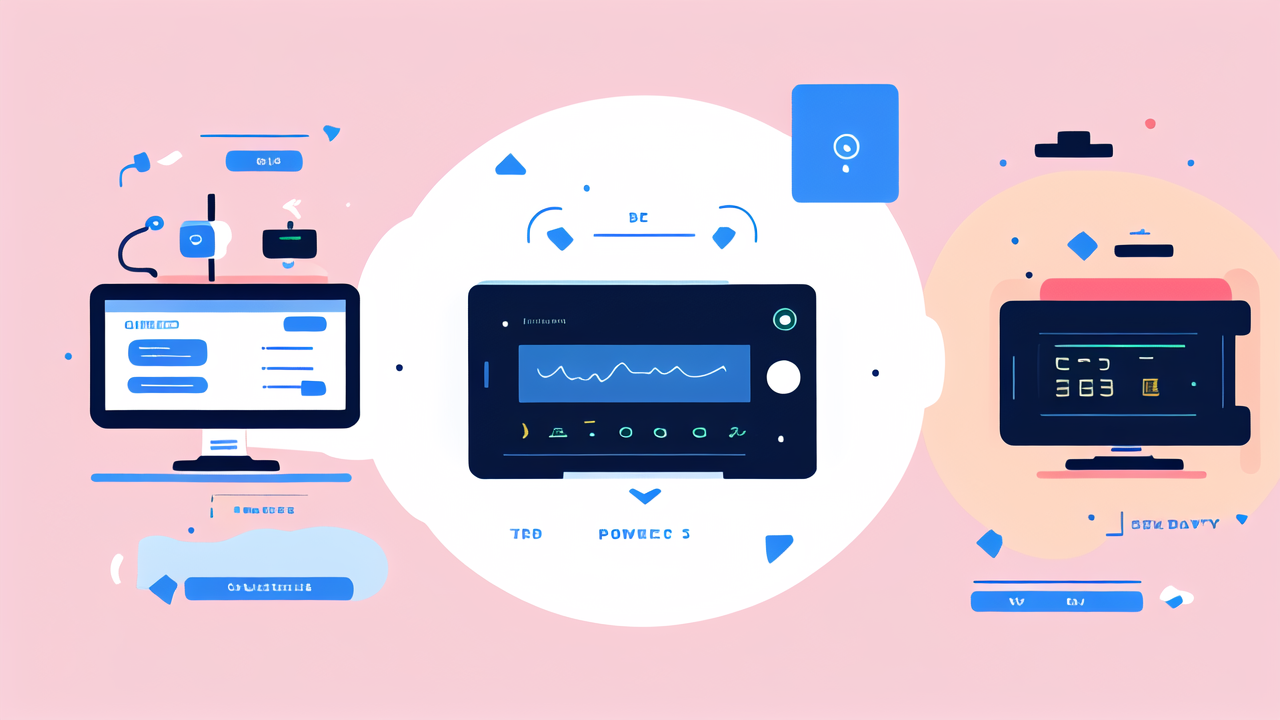Understanding Smart Watches: An Overview
The Evolution of Wearable Technology
Wearable tech has come a long way. It started with simple pedometers. Now, we have smart watches. These devices can do much more than count steps. They track heart rate, sleep, and even stress levels. The journey began with bulky, limited devices. Today's smart watches are sleek and powerful. They combine fitness tracking with smartphone features. This evolution shows how tech adapts to our needs. Smart watches now play a key role in our daily lives. They help us stay connected and monitor our health. The rapid growth of this tech is impressive. It reflects our desire for easy-to-use health tools.

Key Features of Top Smart Watches
Modern smart watches offer a wide range of features. Health tracking is a core function. This includes heart rate monitoring and step counting. Many watches now track sleep patterns and stress levels too. Fitness enthusiasts love the workout modes. These track various activities like running, swimming, and cycling. GPS is common in high-end models. It helps map routes and track outdoor activities. Notifications from smartphones are standard. This keeps users connected without checking their phones. Some watches allow calls and texts directly. Water resistance is crucial for durability. Battery life has improved, with some lasting over a week. The best smart watches balance these features well.
The Role of Smart Watches in Health Care
Smart watches are changing healthcare. They provide continuous health data. This helps both users and doctors. People can track their vitals daily. This includes heart rate, blood oxygen, and more. Some watches can detect falls or irregular heartbeats. They can alert emergency services if needed. Doctors use this data to monitor patients remotely. It's especially useful for chronic conditions. Smart watches encourage preventive care. They remind users to move, breathe, or take medication. This tech makes health monitoring more accessible. It empowers people to take charge of their well-being. As the tech improves, its role in healthcare will grow.
The Impact of Smart Watches on Public Health
Enhancing Personal Health Awareness
Smart watches are boosting health awareness. They give users real-time data about their bodies. This includes steps taken, calories burned, and heart rate. Users can see how their choices affect their health. For example, they can track how exercise impacts their heart rate. Or how sleep quality affects their daily energy levels. This awareness leads to better health choices. People are more likely to exercise when they see their step count. They might choose healthier foods to improve their metrics. Smart watches make health goals tangible and trackable. This motivates users to maintain healthy habits. The constant feedback creates a cycle of improvement.

Empowering Individuals with Data-Driven Health Insights
Smart watches provide powerful health insights. They collect data over time, showing trends and patterns. Users can see how their habits affect their health long-term. This data helps in making informed decisions. For example, sleep tracking can reveal sleep quality issues. Heart rate variability can indicate stress levels. Users can adjust their lifestyle based on this data. They might change their sleep schedule or find ways to reduce stress. Some watches offer personalized recommendations. These are based on the user's unique data and patterns. This empowers individuals to take control of their health. They can make changes before small issues become big problems.
Privacy Considerations in Wearable Health Devices
As smart watches collect more health data, privacy becomes crucial. Users must trust that their sensitive information is secure. Companies need strong data protection measures. This includes encryption and secure storage. Users should have control over their data sharing. They should know who can access their information and why. Some worry about insurance companies using this data. It could affect premiums or coverage. There's also concern about data breaches. Health data in the wrong hands could be dangerous. Companies must be transparent about data use. Clear privacy policies are essential. Users should understand how to protect their information. Balancing innovation with privacy is an ongoing challenge in this field.
Innovations and Trends in Smart Watch Technology
Advancements in Battery Life and Design
Battery life is a key focus in smart watch development. New models aim for longer use between charges. Some watches now last over a week on a single charge. This is thanks to more efficient chips and better power management. Design is also evolving. Watches are getting thinner and lighter. This makes them more comfortable for all-day wear. New materials make watches more durable. Some are scratch-resistant and waterproof. Display technology is improving too. Screens are brighter and easier to read outdoors. Some watches use always-on displays. These show basic info without draining the battery. The goal is to make smart watches more practical for daily use.

Integration with Ecosystems and Mobile Apps
Smart watches are becoming more connected. They work seamlessly with smartphones and other devices. This creates a unified ecosystem. Users can control smart home devices from their wrist. They can make payments, unlock doors, or adjust thermostats. Mobile apps extend watch functionality. They offer detailed health insights and personalized coaching. Some apps sync data with healthcare providers. This improves patient care and monitoring. Fitness apps use watch data to create custom workout plans. Music apps let users control playback without their phone. The integration makes smart watches more useful in daily life. It turns them from gadgets into essential tools.
The Future of AI and Machine Learning in Smart Watches
AI and machine learning are shaping the future of smart watches. These technologies make watches smarter and more predictive. They can learn user habits and preferences. This leads to personalized health advice and alerts. AI can detect patterns that humans might miss. For example, it could spot early signs of health issues. Machine learning improves activity tracking accuracy. It can automatically recognize different types of exercise. Future watches might predict health events before they happen. They could warn of potential heart problems or stress peaks. AI assistants on watches will become more advanced. They'll offer more natural interactions and smarter responses. As these technologies evolve, smart watches will become even more powerful health tools.




Leave a comment
This site is protected by hCaptcha and the hCaptcha Privacy Policy and Terms of Service apply.